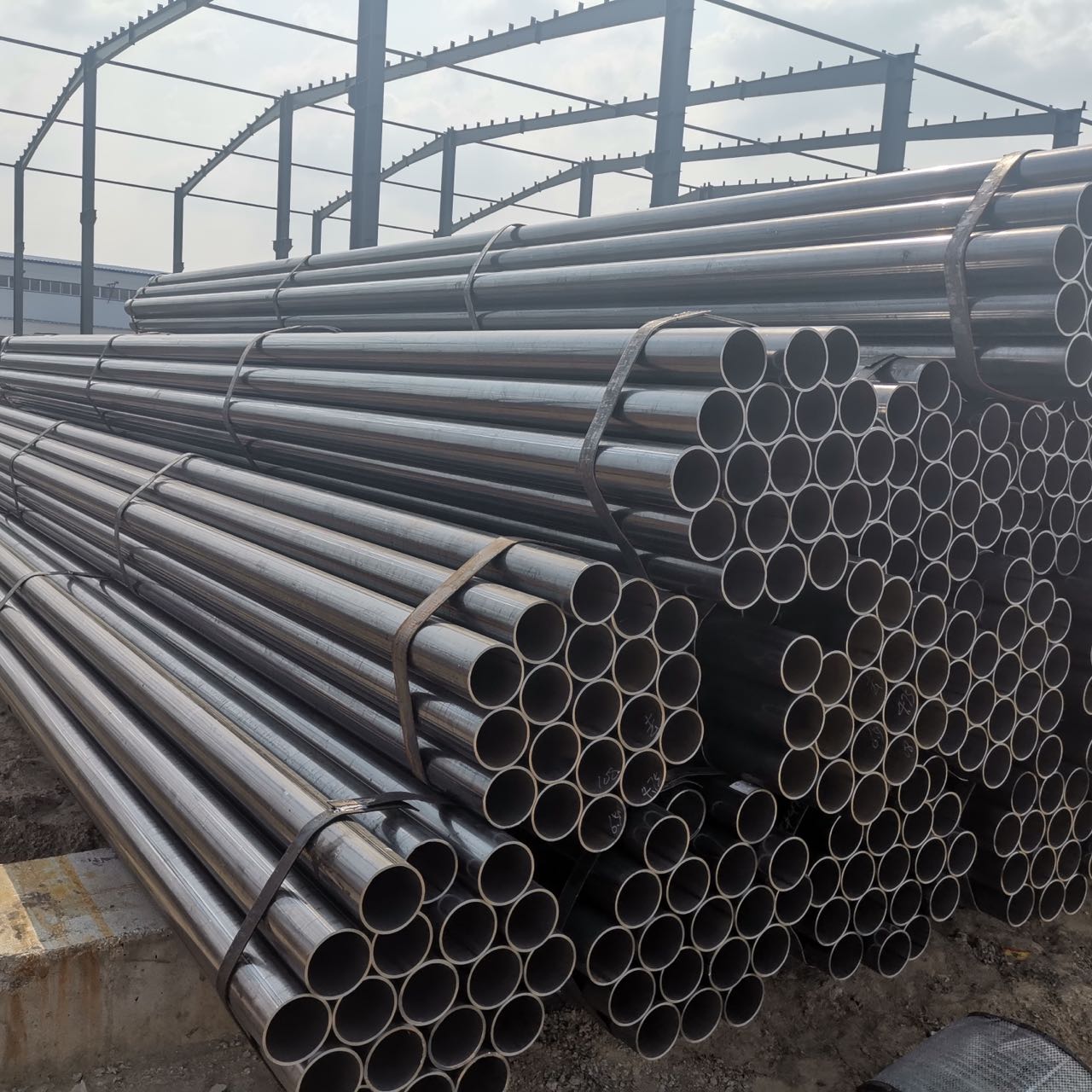Your success in cleaning stainless steel starts off with two things: a non-abrasive cloth or sponge and an equally non-abrasive cleanser.
Microfiber cloths are the ideal option. You can also use paper towels or some other soft cloth or non-abrasive sponge, but microfiber cloths are the best to use for cleaning because all those tiny fibers do a spectacular job of picking up residue without leaving behind lint. The best part? You can use them with or without a cleanser.
As for cleansers, be sure to use non-abrasive cleansers when cleaning stainless steel appliances and cookware (i.e. things like bleach). Here’s a list of cleansers that use ingredients you likely already have at home, as well as suggested ways to use them, depending on the condition of your stainless steel:
Light Cleaning and Maintenance: Water and a Soft Cloth
For general maintenance of stainless steel, lightly wet a microfiber cloth—it shouldn’t be sopping wet—and wipe from top to bottom of the appliance. Always wipe in the direction of the grain to avoid scratching. Follow up with a dry cloth, buffing and shining as you go.
You could also use prefilled wipes made for cleaning stainless steel that are available in the cleaning aisle. These are easy to grab and use, but they are certainly pricier than a reusable microfiber cloth and plain water.

Removing Grease and Fingerprints: Soft Cloth With Dish Soap or a Similar Cleaner
Pour a few drops of dish soap into a bowl with soapy water and swish it around. Dampen a microfiber cloth in the mixture and clean the appliance from top to bottom. Don’t be afraid to use a little more elbow grease on any build-up, but still move in the direction of the grain.
Then, use a second cloth dampened only with water to wipe away any soapy residue. Finally, wipe and buff dry with a third cloth that’s clean and dry.
Dish soap isn’t the only way to keep your stainless steel clean. Here are some other options using ingredients that are likely already in your pantry (Just a note, never mix these or any cleansers together, as this can create toxic fumes):
Vinegar
Fill a spray bottle with about a cup of vinegar. Add 2 to 3 tablespoons of water. Spray on the appliance in small sections, wiping with a microfiber cloth. Don’t attempt to spray down the entire appliance at once—vinegar will dry in spots on the surface otherwise. Wipe down with a cloth dampened only with water, then buff dry with another clean, dry cloth.
Rubbing Alcohol
Dab some rubbing alcohol on a microfiber cloth, then wipe away smears, fingerprints and any other marks sullying your stainless steel. The alcohol will evaporate quickly, so there’s no need to wipe it off.
Club Soda
Fill a spray bottle with the stuff and spritz some on your appliance. Wipe clean with a dry cloth.
For Removing Rust and Other Tough Stains
If you have stains or rust marks on your stainless steel surfaces, opt for a lightly abrasive powder cleaner like baking soda. Pour it into a bowl and slowly add water and mix until it forms a paste. Apply the paste to any stains on the stainless steel and leave it to sit for 10 minutes or so.
After it sits, gently clean it off with a damp cloth, buffing out the surface with the grain. Follow it up, as you did above, with a clean, damp cloth and then a dry cloth.
More Tips on Cleaning Stainless Steel
Cleaning stainless steel doesn’t have to be a major chore. Here are some tips to make maintaining your appliances and cookware easier:
Go With the Grain
It’s not as obvious to see as it is with wood, but stainless steel does have a grain. Take a close look at the direction it runs in, then clean in a parallel motion to the grain. Otherwise, you’ll risk scratching your stainless steel if you clean it against the grain.
Allow Hot Cookware to Cool Down First
Never place a pot straight from the oven or stovetop into a sink—let it cool first on the stovetop or on a trivet on your counter. And don’t try to speed things along by running cold water over anything—your stainless steel cookware could warp.
For a stainless steel stove, however, says Anna Vocino, bestselling cookbook author and founder of Eat Happy Kitchen, cleaning it soon after you use it so that drips and spills don’t have a chance to dry. Otherwise, you can run the risk of damaging the finish if you attempt to scrub the hardened residue off later. However, be smart—don’t attempt to clean a scorching hot stove either. Leave it to cool for a bit and always check the temperature before you begin your cleaning.
Always Wipe Dry With a Clean Cloth
Don’t leave freshly cleaned stainless steel to air dry because the water droplets could leave unsightly spots, effectively ruining your efforts to restore its appearance. It might seem counterintuitive to dry your stainless steel sink, but if you want to see it shine, it’s worth the extra step.
When to Call a House Cleaner
If your stainless steel appliances are still looking dingy even after using a few of the aforementioned options, it might be time to call in a professional house cleaner. They will know how to use industrial-strength cleaners in a way that doesn’t damage your expensive appliances. Then, it’s up to you to continue their maintenance using the more gentler methods listed above.
